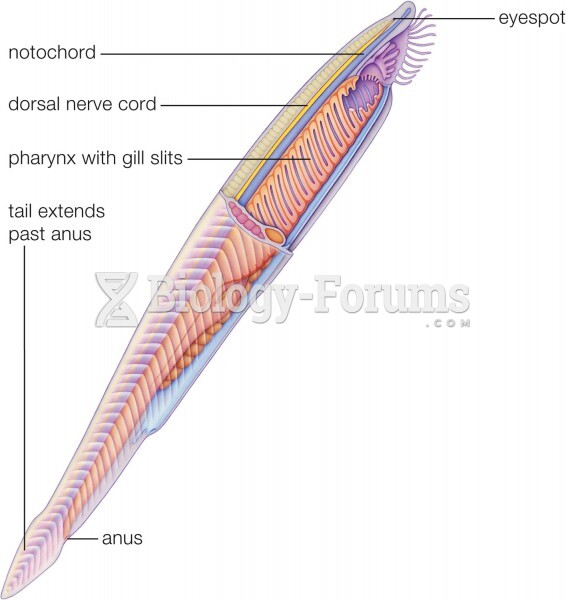Answer to Question 1
C
Feedback
A Preoperative teaching a few hours before surgery is more appropriate for the
preschool child. Preoperative materials should be introduced 1 to 5 days in
advance for school-age children.
B Preparation too far in advance of the procedure can be forgotten or cause undue
anxiety for an extended period of time.
C Preparatory material can be introduced to the school-age child several days (1 to
5) in advance of the event. Books, pictures, charts, and videos are appropriate.
D A very short, simple explanation of the surgery is appropriate for a younger child
such as a toddler.
Answer to Question 2
3
Rationale:
1. The most susceptible form of heat loss immediately after birth is evaporation. Evaporation occurs when water is converted to vapor. Drying the newborn thoroughly immediately after birth or after a bath will prevent heat loss by evaporation. Once the infant has been dried after birth, the highest losses of heat generally occur by radiation and convection. Placing the newborn away from air currents reduces heat loss by convection.
2. The most susceptible form of heat loss immediately after birth is evaporation. Evaporation occurs when water is converted to vapor. Drying the newborn thoroughly immediately after birth or after a bath will prevent heat loss by evaporation. Once the infant has been dried after birth, the highest losses of heat generally occur by radiation and convection. Pre-warming the examination table reduces heat loss by conduction.
3. The most susceptible form of heat loss immediately after birth is evaporation. Evaporation occurs when water is converted to vapor. Drying the newborn thoroughly immediately after birth or after a bath will prevent heat loss by evaporation. Once the infant has been dried after birth, the highest losses of heat generally occur by radiation and convection.
4. The most susceptible form of heat loss immediately after birth is evaporation. Evaporation occurs when water is converted to vapor. Drying the newborn thoroughly immediately after birth or after a bath will prevent heat loss by evaporation. Once the infant has been dried after birth, the highest losses of heat generally occur by radiation and convection. Removing wet linens that are not in direct contact with the newborn from the isolette reduces heat loss by radiation.







